Navigating the Cloud - An In-Depth Amazon VPC Overview
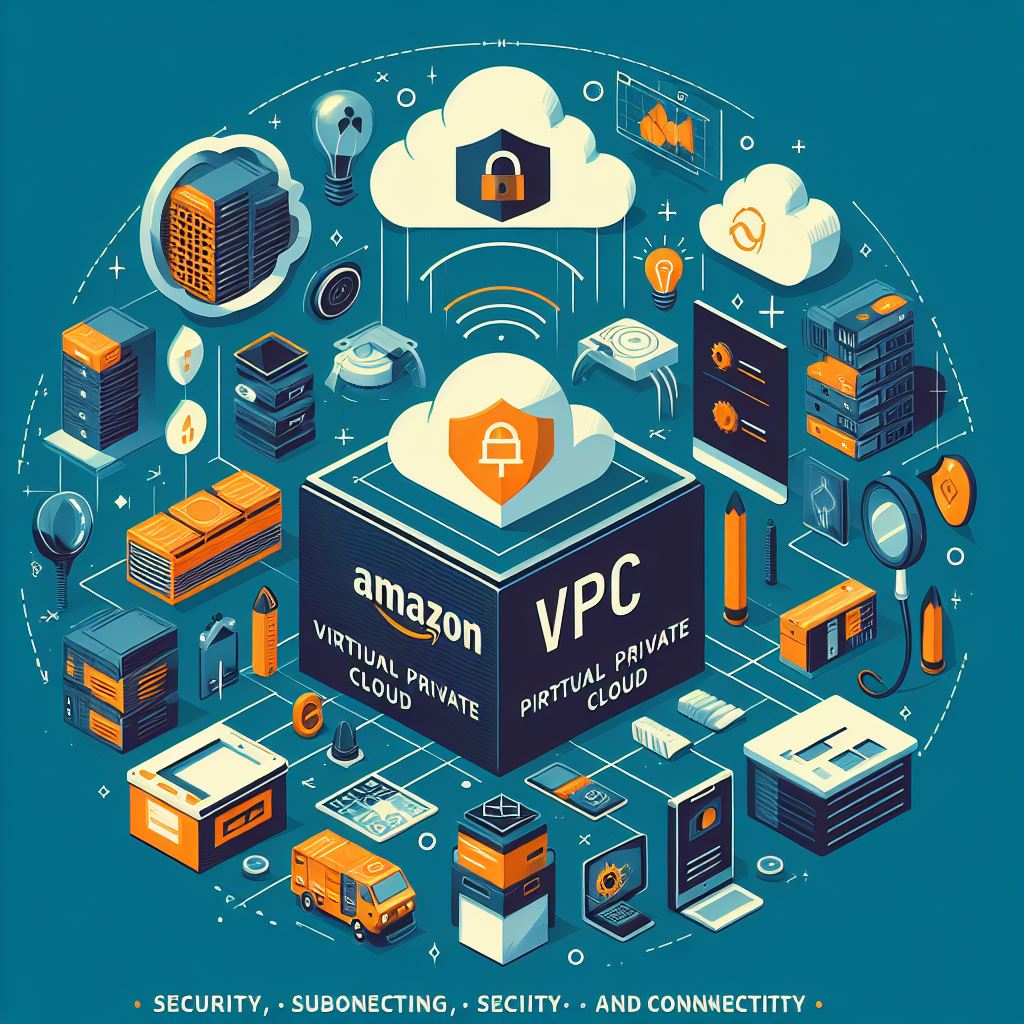
Amazon Virtual Private Cloud (Amazon VPC) is a powerful and flexible networking service provided by Amazon Web Services (AWS), designed to enable users to build a secure and isolated section of the AWS Cloud where they can deploy and run their applications. Offering a comprehensive set of networking features, Cloud Computing Projects, Amazon VPC allows users to customize their network configuration to suit their specific needs, providing a seamless extension of their own data centers into the cloud.
Subnets and routing in Amazon VPC
Subnets play a crucial role in Amazon VPC as they allow you to segment your network resources. You can create subnets within your VPC's IP address range and associate them with specific availability zones. This provides high availability and fault tolerance for your resources, as they can be spread across multiple physical data centers.
Routing is another important aspect of Amazon VPC. Each subnet in your VPC is associated with a route table, which controls the traffic flow between subnets and the internet. You can define custom routes to redirect traffic to specific destinations, such as a NAT Gateway or an internet gateway. By carefully configuring your routing tables, you can ensure efficient network traffic management within your VPC.
Security in Amazon VPC
Security is a top priority when it comes to managing your Amazon VPC. Amazon VPC offers several security features to protect your resources from unauthorized access and potential threats. One of the key security features is the use of security groups, which act as virtual firewalls for your resources. You can define inbound and outbound rules to control traffic flow based on IP addresses, protocols, and ports.
In addition to security groups, you can also configure network ACLs to further control traffic at the subnet level. Network ACLs are stateless firewalls that allow or deny traffic based on defined rules. By combining security groups and network ACLs, you can create layered security measures within your VPC, ensuring that only authorized traffic can access your resources.
Amazon VPC alternatives and competitors
While Amazon VPC is a powerful and widely used solution for cloud network infrastructure, there are alternative options available. Some of the key competitors and alternatives to Amazon VPC in AWS include:
Microsoft Azure Virtual Network
Microsoft Azure Virtual Network offers similar functionality to Amazon VPC in the Microsoft Azure cloud environment. It provides secure and isolated virtual networks with customizable IP address ranges and network security features.
Google Cloud VPC
Google Cloud VPC provides virtual network functionality in the Google Cloud Platform. It allows you to create and manage virtual networks with granular control over IP address ranges, subnets, and firewall rules.
IBM Cloud Virtual Private Cloud
IBM Cloud Virtual Private Cloud offers a secure and scalable network infrastructure in the IBM Cloud environment. It provides isolated virtual networks, customizable IP address ranges, and advanced network security features.
Conclusion
In conclusion, Amazon VPC is a powerful tool for optimizing your cloud network infrastructure in the AWS environment. By understanding the key concepts and best practices for creating and configuring your VPC, managing subnets and routing, ensuring security, and optimizing performance, you can build a secure, scalable, and cost-effective network in the cloud. Remember to follow best practices, regularly monitor and troubleshoot your VPC, and explore alternative options to ensure you have the best network infrastructure for your business needs.
Categories
- Artificial Intelligence 4
- Python
- Autocad 1
- News & Events 11
- Tally 1
- Java 1
- Advanced python 1
- Core Python 1
- Digital Marketing 4
- core Java 1
- Cyber Security
- Data Science 2
- AWS 5
- Python 1
- Azure 3
- Microsoft Office 2
- Data Structures & Algorithms 1
- Cyber Security 2
- C Programming 3
- Miscrosoft Office 5
- Blockchain 2
- Adobe Photoshop 4
- Cruise Ship 1
- Summer VacationCourses 1
Trending Posts
-
 What is the significance of digital marketing to building a brand?
06-04-2023
What is the significance of digital marketing to building a brand?
06-04-2023
-
 The Power of generative adversarial networks (GANs)
11-10-2023
The Power of generative adversarial networks (GANs)
11-10-2023
-
 Difference between Manual vs Computerized Accounts
26-10-2023
Difference between Manual vs Computerized Accounts
26-10-2023
-
 Concept of Object-Oriented Programming in java with Examples - oops
26-10-2023
Concept of Object-Oriented Programming in java with Examples - oops
26-10-2023
-
 Importance of Data Visualization in Data Science
27-10-2023
Importance of Data Visualization in Data Science
27-10-2023
-
 Introduction to Exception handling in java and types of Exceptions
01-11-2023
Introduction to Exception handling in java and types of Exceptions
01-11-2023
-
 Difference between Packages and Modules in python
01-11-2023
Difference between Packages and Modules in python
01-11-2023
-
 Workers in India need to be upskilled, reskilled in AI, automation
02-11-2023
Workers in India need to be upskilled, reskilled in AI, automation
02-11-2023
-
 Challenges in equipping job seekers with skills
02-11-2023
Challenges in equipping job seekers with skills
02-11-2023
-
 Control Structures in Python with examples. Condition Statements, loop and Control Flow Statements
04-11-2023
Control Structures in Python with examples. Condition Statements, loop and Control Flow Statements
04-11-2023
-
 Music can help learners improve their skills.
08-11-2023
Music can help learners improve their skills.
08-11-2023
-
 Data Structures And Algorithms In Python - Basic To Advanced Level
18-11-2023
Data Structures And Algorithms In Python - Basic To Advanced Level
18-11-2023
-
 An Introduction to nlp Natural Language Processing
22-11-2023
An Introduction to nlp Natural Language Processing
22-11-2023
-
 internship for computer science students
23-11-2023
internship for computer science students
23-11-2023
-
 The Impact of Predictive Analytics in Healthcare
30-11-2023
The Impact of Predictive Analytics in Healthcare
30-11-2023
-
 Guidelines for Protecting Removable Media
02-12-2023
Guidelines for Protecting Removable Media
02-12-2023
-
 What are Social Engineering Attacks? Common Techniques Used in Social Engineering Attacks
04-12-2023
What are Social Engineering Attacks? Common Techniques Used in Social Engineering Attacks
04-12-2023
-
 Importance of Search Engine Optimization and its Techniques
06-12-2023
Importance of Search Engine Optimization and its Techniques
06-12-2023
-
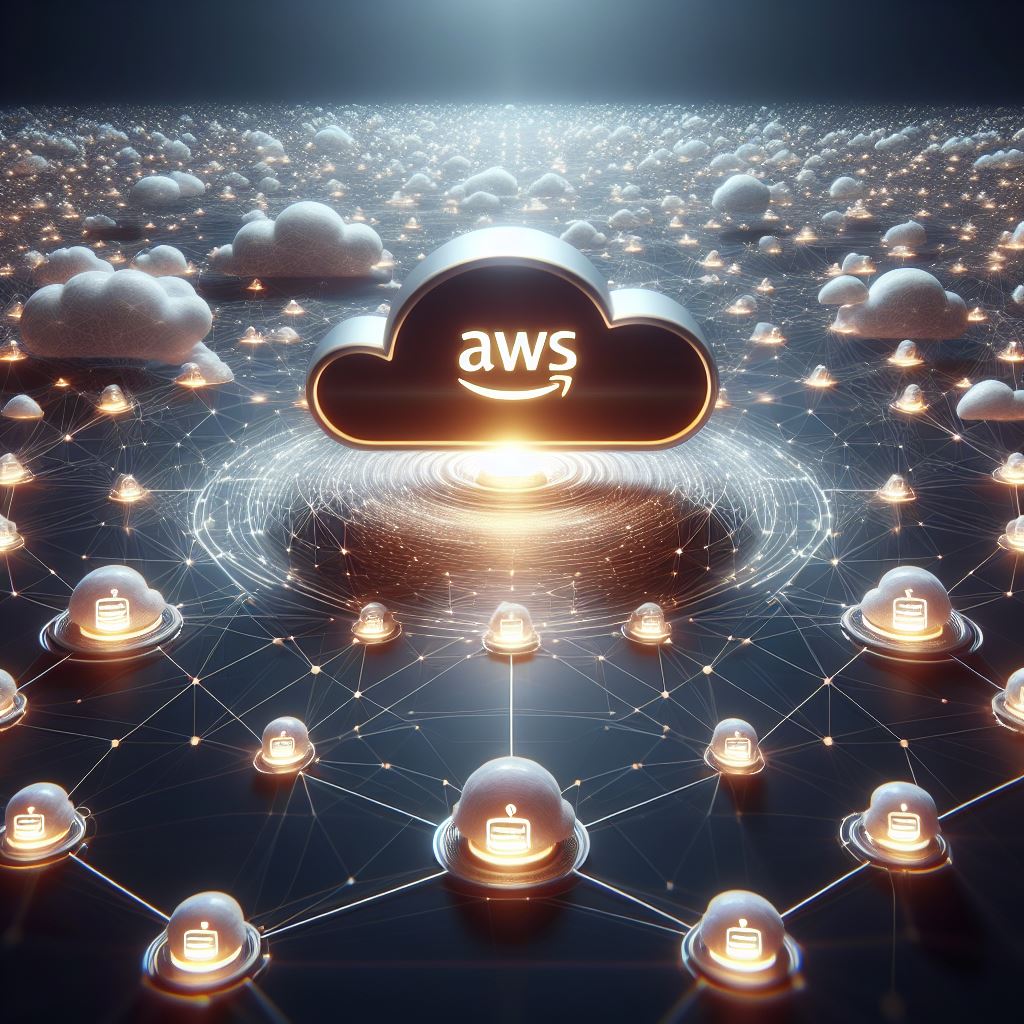 Understanding AWS Buckets: The Essential Guide to Cloud Storage
11-12-2023
Understanding AWS Buckets: The Essential Guide to Cloud Storage
11-12-2023
-
 What is sem marketing? search engine marketing
12-12-2023
What is sem marketing? search engine marketing
12-12-2023
-
 What is SMM in Digital Marketing? Social Media Marketing
13-12-2023
What is SMM in Digital Marketing? Social Media Marketing
13-12-2023
-
 A Comprehensive Guide to Ensuring Security with Amazon EC2
15-12-2023
A Comprehensive Guide to Ensuring Security with Amazon EC2
15-12-2023
-
 Understanding Azure Storage Services - A Comprehensive Overview
19-12-2023
Understanding Azure Storage Services - A Comprehensive Overview
19-12-2023
-
 Mastering Azure App Services - Ultimate Toolkit for Success in Your Azure Course in Vizag
21-12-2023
Mastering Azure App Services - Ultimate Toolkit for Success in Your Azure Course in Vizag
21-12-2023
-
 An In-depth Exploration of Arrays in C
27-12-2023
An In-depth Exploration of Arrays in C
27-12-2023
-
 A Journey into AI Projects and Their Transformative Influence on the Contemporary World
27-12-2023
A Journey into AI Projects and Their Transformative Influence on the Contemporary World
27-12-2023
-
 Facebook Ads Webinar
27-12-2023
Facebook Ads Webinar
27-12-2023
-
 pricing models, cost efficiency and resource optimization techniques of Azure App Services
28-12-2023
pricing models, cost efficiency and resource optimization techniques of Azure App Services
28-12-2023
-
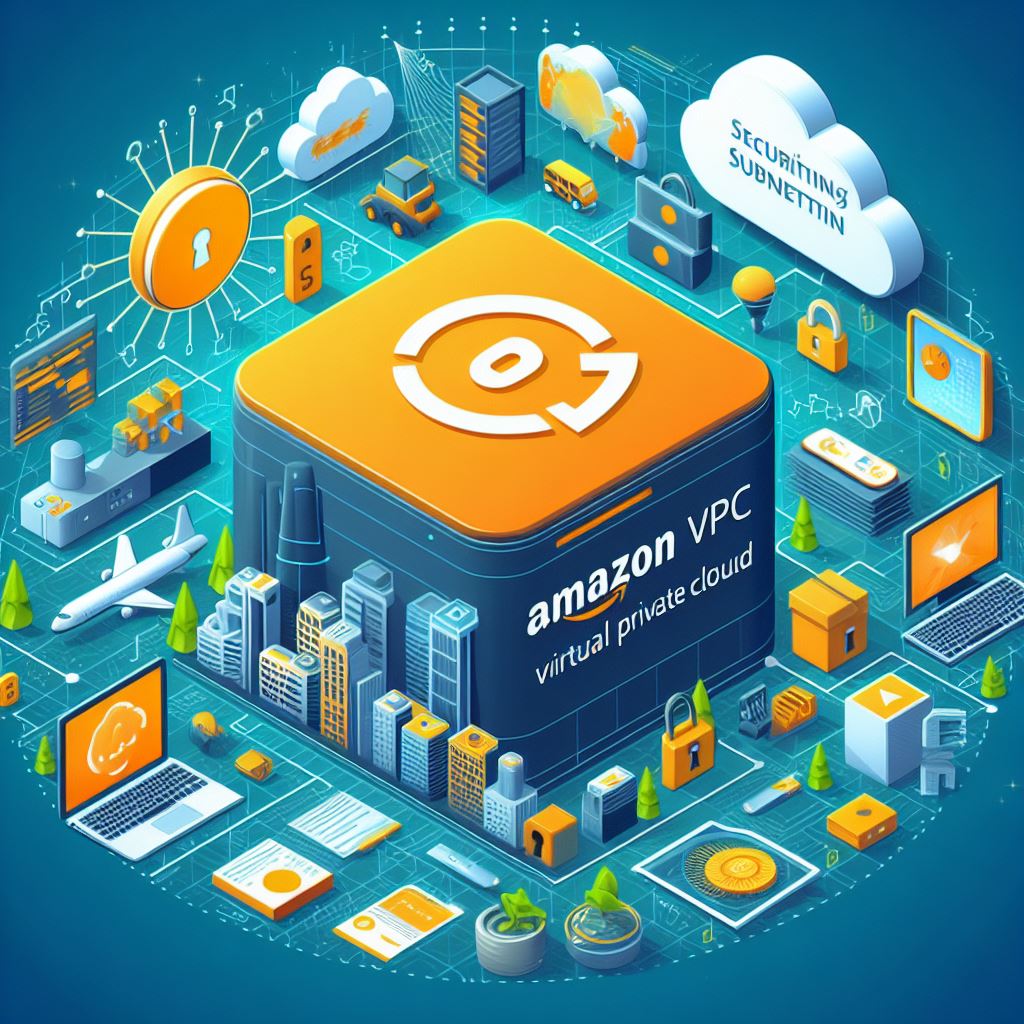 Navigating the Cloud - An In-Depth Amazon VPC Overview
29-12-2023
Navigating the Cloud - An In-Depth Amazon VPC Overview
29-12-2023
-
 Demystifying Cloud Deployment Models: Choosing the Right Strategy for Your Business
30-12-2023
Demystifying Cloud Deployment Models: Choosing the Right Strategy for Your Business
30-12-2023
-
 A Comprehensive Guide to Basic Excel Formulas
01-01-2024
A Comprehensive Guide to Basic Excel Formulas
01-01-2024
-
 Unleashing the Power of Excel Search Functions Stream Data Analysis
02-01-2024
Unleashing the Power of Excel Search Functions Stream Data Analysis
02-01-2024
-
 Mastering Validations in Microsoft Excel: A Comprehensive Guide
03-01-2024
Mastering Validations in Microsoft Excel: A Comprehensive Guide
03-01-2024
-
 Mastering Structures in C: Understanding, Implementation, and Best Practices
04-01-2024
Mastering Structures in C: Understanding, Implementation, and Best Practices
04-01-2024
-
 C Union and benefits of using C unions in programming
05-01-2024
C Union and benefits of using C unions in programming
05-01-2024
-
 What are Microsoft Word Macros and How to Use Them?
08-01-2024
What are Microsoft Word Macros and How to Use Them?
08-01-2024
-
 Making Your Document Look Professional in ms word - Page Layout, Margins, Orientation and Size
10-01-2024
Making Your Document Look Professional in ms word - Page Layout, Margins, Orientation and Size
10-01-2024
-
 The Rise of blockchain Projects: Unveiling the Innovations of Shaping Digital Landscape
11-01-2024
The Rise of blockchain Projects: Unveiling the Innovations of Shaping Digital Landscape
11-01-2024
-
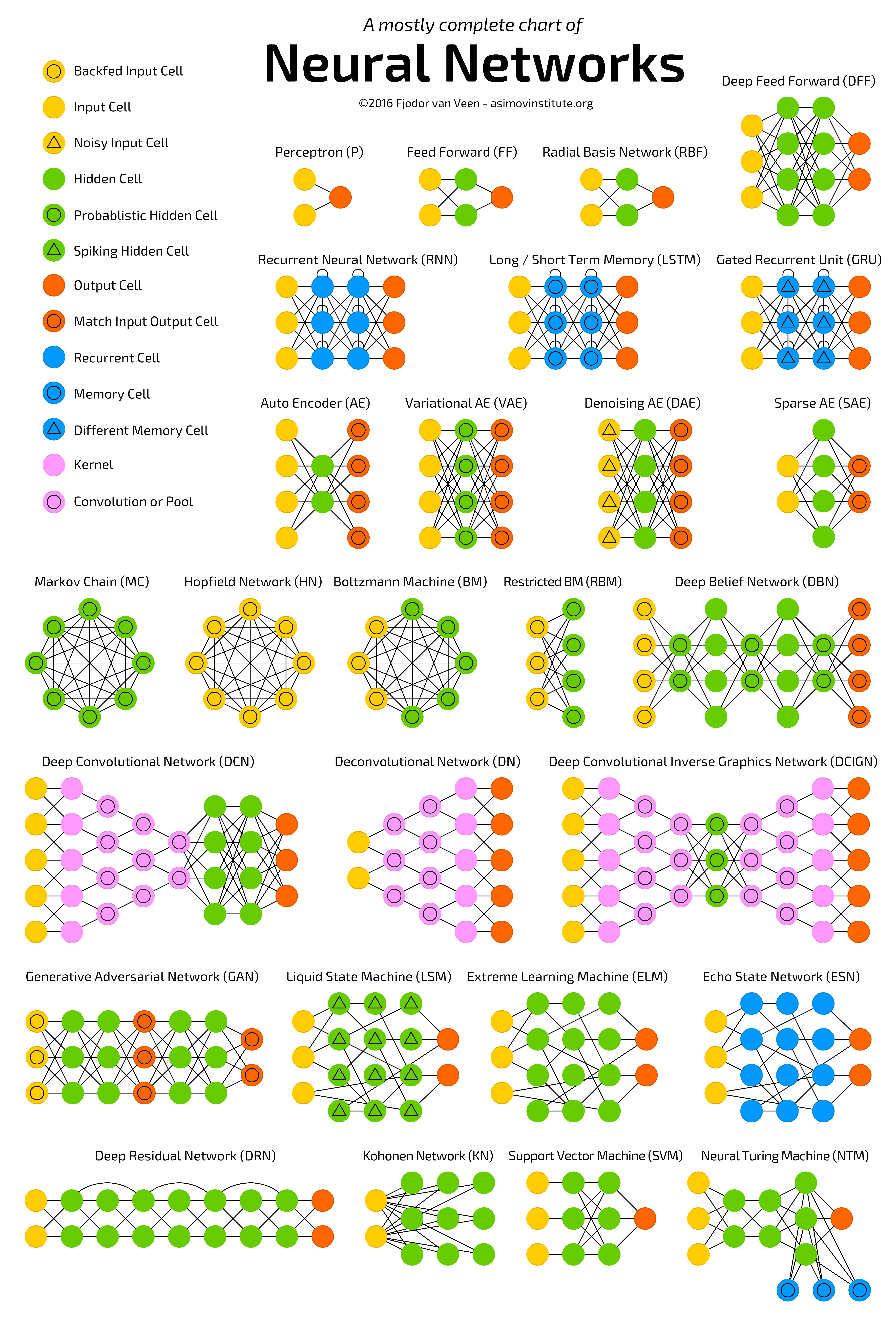 Comprehensive Guide of Neural Network Architectures
11-01-2024
Comprehensive Guide of Neural Network Architectures
11-01-2024
-
 The Future is Here: How Blockchain Technology is Reshaping Industries and Redefining Trust
12-01-2024
The Future is Here: How Blockchain Technology is Reshaping Industries and Redefining Trust
12-01-2024
-
 powerpoint presentation-Page Transitions: Enhancing Navigation and User Experience
17-01-2024
powerpoint presentation-Page Transitions: Enhancing Navigation and User Experience
17-01-2024
-
 Exploring the Power of Multimedia in PowerPoint Presentations
18-01-2024
Exploring the Power of Multimedia in PowerPoint Presentations
18-01-2024
-
 Mastering Photoshop Layers: A Comprehensive Guide to Professional Results
19-01-2024
Mastering Photoshop Layers: A Comprehensive Guide to Professional Results
19-01-2024
-
 Enhance Your Photoshop Skills with Expert Selection Techniques
20-01-2024
Enhance Your Photoshop Skills with Expert Selection Techniques
20-01-2024
-
 Life and Work on a Cruise Ship - What to Expect?
22-01-2024
Life and Work on a Cruise Ship - What to Expect?
22-01-2024
-
 Mastering Photoshop Masks: A Step-by-Step Guide to Enhance Your Photo Editing Skills
23-01-2024
Mastering Photoshop Masks: A Step-by-Step Guide to Enhance Your Photo Editing Skills
23-01-2024
-
 Enhance Your Digital Artistry with the Top Photoshop Brushes for Every Style and Project
27-01-2024
Enhance Your Digital Artistry with the Top Photoshop Brushes for Every Style and Project
27-01-2024
-
 The reason behind the success of Milan 2024
26-02-2024
The reason behind the success of Milan 2024
26-02-2024
-
 Visakhapatnam is witnessing comprehensive growth across all sectors!
06-03-2024
Visakhapatnam is witnessing comprehensive growth across all sectors!
06-03-2024
-
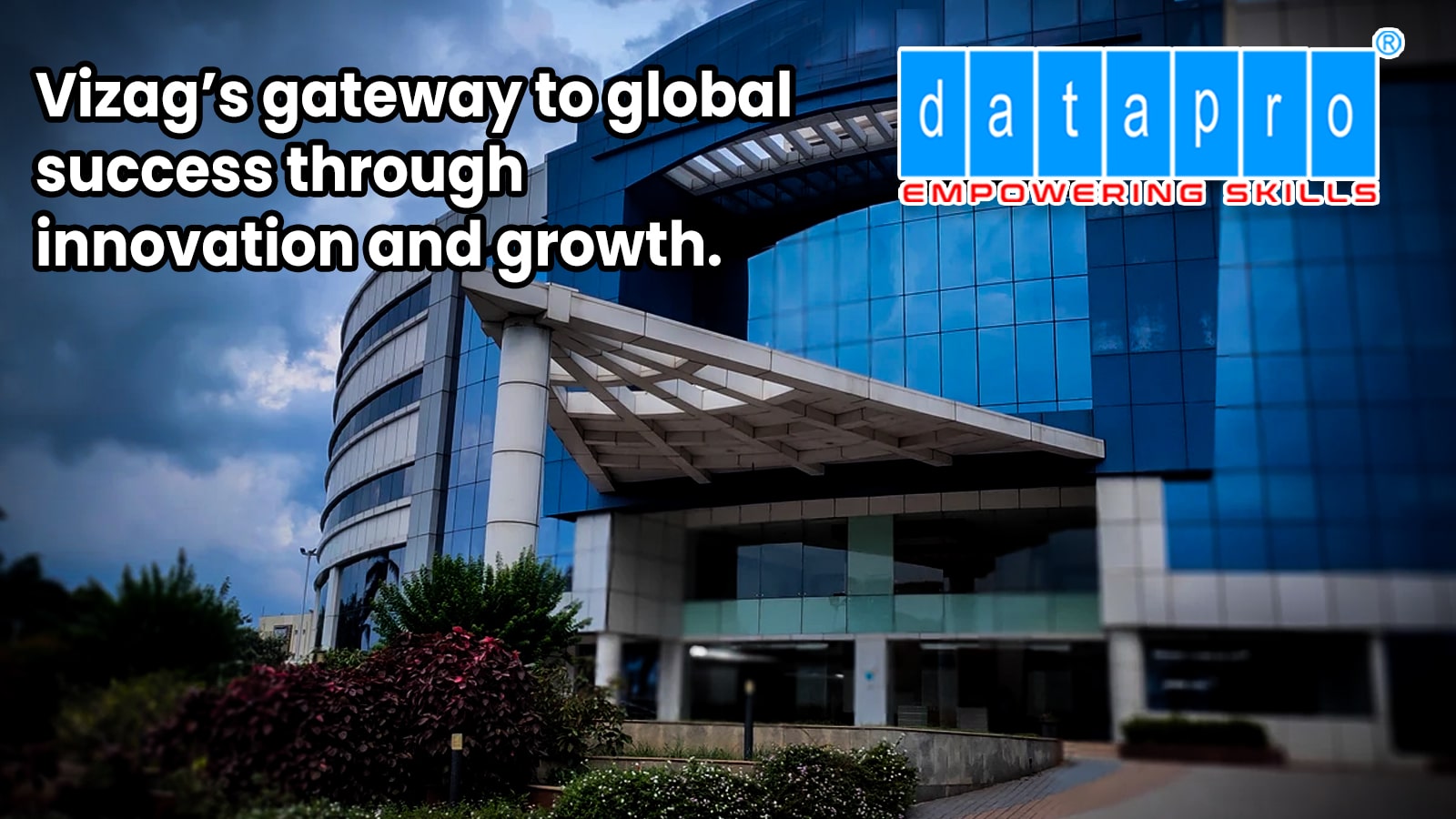 Vizag's Journey Towards Becoming a Global IT Destination
12-03-2024
Vizag's Journey Towards Becoming a Global IT Destination
12-03-2024
-
 the best software courses after the 10th/Intermediate exams for Students
02-04-2024
the best software courses after the 10th/Intermediate exams for Students
02-04-2024
-
 2024's Tech Frontier: A Deep Dive into Software Development Trends
16-04-2024
2024's Tech Frontier: A Deep Dive into Software Development Trends
16-04-2024
-
 4 Important benefits for Continuous Learning in Tech
07-05-2024
4 Important benefits for Continuous Learning in Tech
07-05-2024
-
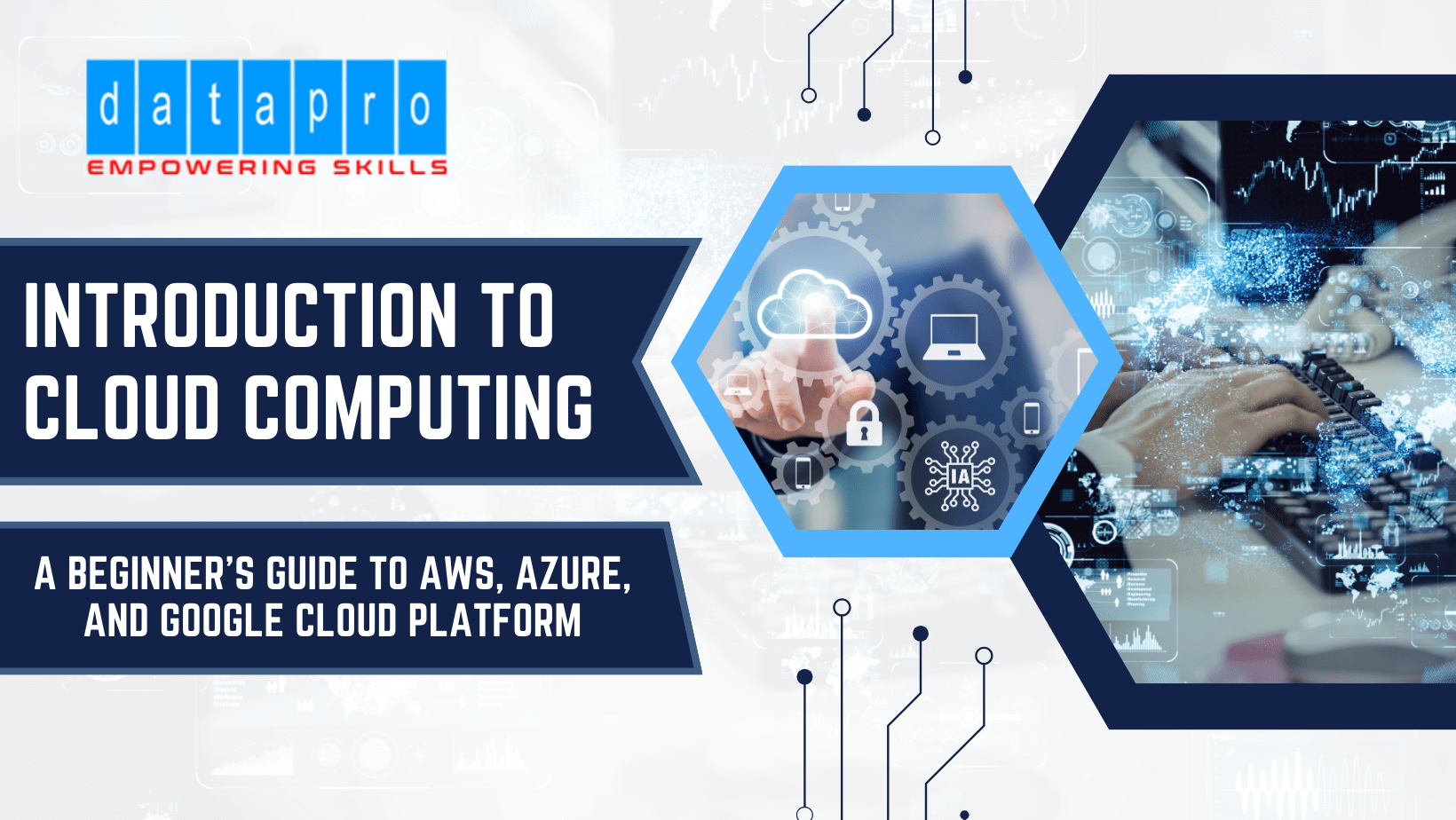 A Beginner's Guide to AWS, Azure, and Google Cloud Platform
14-05-2024
A Beginner's Guide to AWS, Azure, and Google Cloud Platform
14-05-2024
-
 Why Full Stack Python is a Must-Learn Skill for Aspiring Developers?
12-09-2024
Why Full Stack Python is a Must-Learn Skill for Aspiring Developers?
12-09-2024
-
 What’s Next? The Future of Asteroid Tracking with IT
16-09-2024
What’s Next? The Future of Asteroid Tracking with IT
16-09-2024
-
 Learn AutoCAD 2D Mechanical Drawing with Our Comprehensive CAD Software Course
19-09-2024
Learn AutoCAD 2D Mechanical Drawing with Our Comprehensive CAD Software Course
19-09-2024